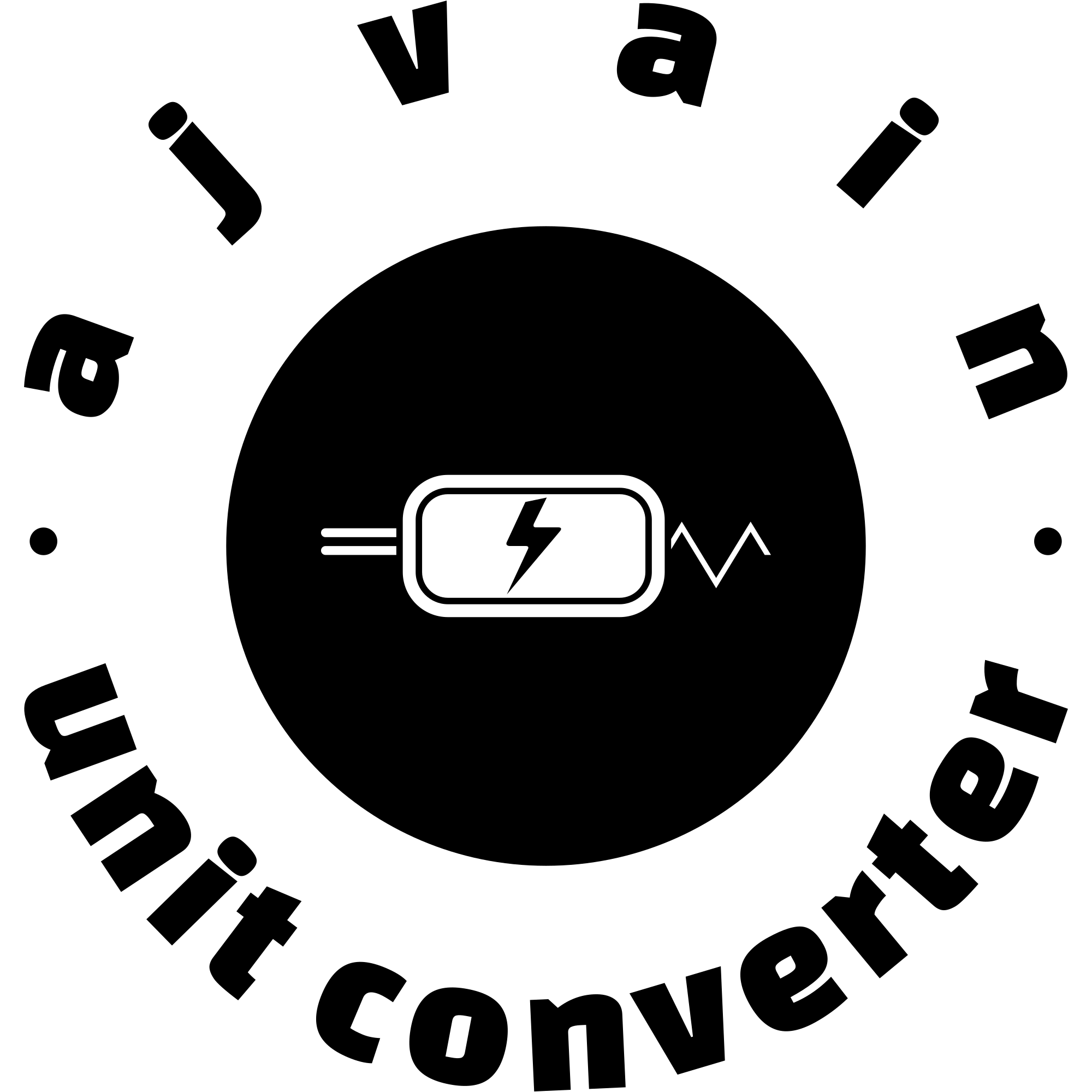Illumination Converter
Illumination Quiz Challenge
Introduction
In the realm of lighting and illumination, accurate measurement and conversion between different units of illumination are crucial for both professional and amateur applications. The Illumination Converter is a sophisticated tool designed to facilitate these conversions seamlessly. This guide provides an in-depth overview of the features, functionalities, and practical applications of the Illumination Converter, ensuring users can fully leverage its capabilities.
Understanding Illumination Units
Before diving into the specifics of the Illumination Converter, it's essential to understand the primary units of illumination it handles:
- Lux (lx): The SI unit of illuminance, representing the amount of light falling on a surface area of one square meter.
- Foot-candle (fc): A non-SI unit used predominantly in the United States, where one foot-candle equals one lumen per square foot.
- Lumen (lm): A measure of the total amount of visible light emitted by a source, not directly a measure of illuminance but related through the area over which the light is spread.
- Candela (cd): A measure of luminous intensity in a given direction, which, when combined with distance, can help in calculating illuminance.
Features of the Illumination Converter
- Multi-Unit Conversion: The Illumination Converter supports conversion between Lux, Foot-candles, Lumens, and Candelas. This feature is crucial for professionals working in different regions or industries where various units are standard.
- User-Friendly Interface: The tool boasts an intuitive interface that simplifies the conversion process. Users can select the source unit and input value, then choose the target unit to receive an instant conversion result.
- Real-Time Calculation: As users input values and select units, the converter performs real-time calculations, providing immediate feedback. This instantaneous result helps in quick decision-making and accuracy in applications.
- Accuracy and Precision: The converter is designed to handle large numbers and provides results with high precision. It ensures that even the smallest variations in illumination values are accurately reflected in the conversions.
- Conversion History: Users can view their recent conversion history, making it easier to revisit previous calculations without re-entering the data. This feature is particularly useful for ongoing projects or recurring tasks.
- Customizable Settings: The converter allows users to customize settings according to their preferences, such as choosing the number of decimal places for results. This flexibility ensures that the output meets specific needs.
- Help and Documentation: A comprehensive help section is available within the converter, providing explanations of different illumination units, their applications, and conversion formulas. This educational resource enhances user understanding and supports accurate use.
- Integration with Other Tools: The Illumination Converter can be integrated with other applications and tools, such as lighting design software or calculators. This interoperability streamlines workflows and enhances productivity.
- Accessibility Features: Designed with accessibility in mind, the converter includes features like screen reader support and keyboard navigation, ensuring it is usable by individuals with various needs.
Functions of the Illumination Converter
- Lux to Foot-candle Conversion: Converts illuminance from Lux (lx) to Foot-candles (fc) and vice versa. This is useful for comparing lighting measurements across different regions or standards. The conversion formula is:
Foot-candles = Lux × 0.092903Lux = Foot-candles × 10.7639 - Lux to Lumen Conversion: Converts illuminance in Lux to Lumen, considering the surface area. While Lux measures illuminance per square meter, Lumen measures the total light output. The formula for converting Lux to Lumen is:
Lumens = Lux × Area (m²) - Foot-candle to Lumen Conversion: Converts illuminance from Foot-candles to Lumen. This conversion is particularly useful for users accustomed to the Foot-candle unit and requires the surface area for accurate results:
Lumens = Foot-candles × Area (ft²) × 1.076 - Candela to Lux Conversion: Converts luminous intensity in Candela to illuminance in Lux, considering the distance from the light source. The formula is:
Lux = Candela / Distance (m)²Candela = Lux × Distance (m)² - Lux to Candela Conversion: Converts illuminance in Lux to luminous intensity in Candela, based on the distance from the light source. This conversion helps in understanding how changes in distance affect illuminance:
Candela = Lux × Distance (m)² - Lumen to Lux Conversion: Converts total light output in Lumens to illuminance in Lux, requiring the surface area:
Lux = Lumens / Area (m²)
Practical Applications
- Lighting Design and Planning: Lighting designers use the Illumination Converter to ensure that lighting levels meet design specifications. Accurate conversions between units help in creating optimal lighting schemes for various environments, from offices to theaters.
- Compliance with Standards: Different regions and industries have specific illumination standards. The converter helps professionals ensure that lighting designs comply with these standards by converting measurements into the required units.
- Energy Efficiency Analysis: By converting illumination values, users can assess the efficiency of lighting systems and make informed decisions about energy consumption and cost savings.
- Photometric Measurements: In photometry, accurate conversion between illumination units is essential for analyzing and comparing the performance of light sources. The converter simplifies this process, aiding in research and development.
- Educational Purposes: The converter serves as an educational tool for students and professionals learning about illumination measurement and conversion. It helps users understand the relationships between different units and their applications.
- Consumer Applications: For homeowners and DIY enthusiasts, the Illumination Converter helps in selecting appropriate lighting solutions and understanding how different types of lighting will affect their spaces.
Conclusion
The Illumination Converter is a powerful tool designed to simplify and enhance the process of converting between different units of illumination. With its user-friendly interface, real-time calculations, and comprehensive feature set, it caters to a wide range of applications, from professional lighting design to everyday use. By understanding its features and functionalities, users can effectively leverage the converter to achieve accurate and efficient illumination measurements and conversions.
